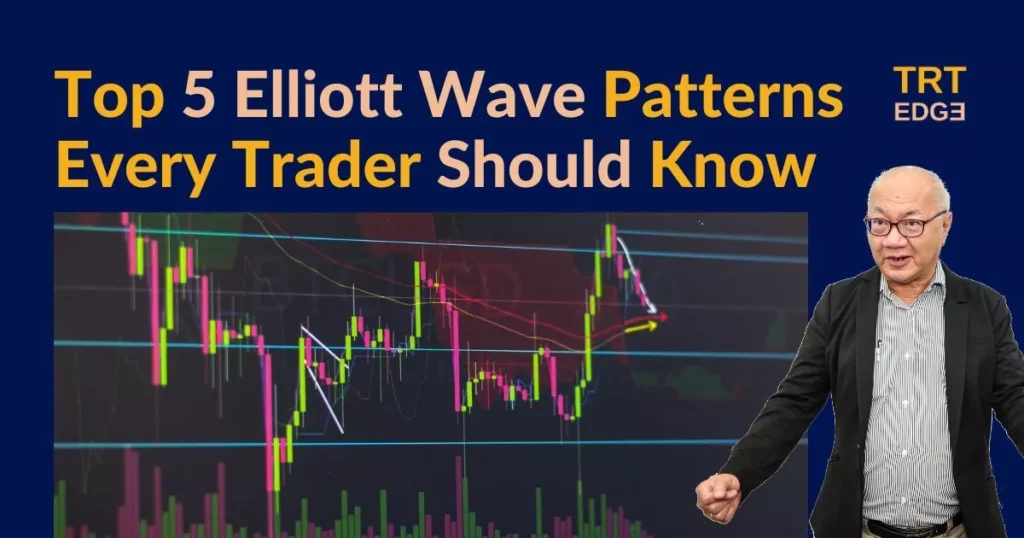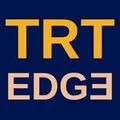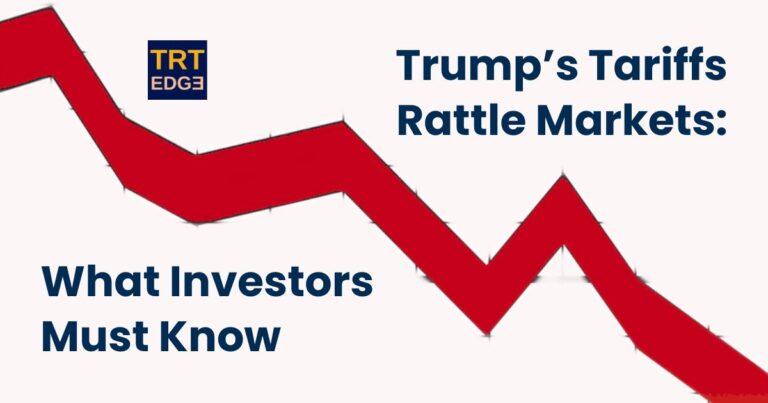Top 5 Elliott Wave Patterns Every Trader Should Know

Introduction to Elliott Wave Theory
Elliott Wave theory is a popular technical analysis tool used by traders to forecast future price movements in financial markets. Developed by Ralph Nelson Elliott in the 1930s, this theory suggests that markets move in repetitive wave patterns. Understanding these patterns can provide valuable insights into market trends and help traders make more informed trading decisions. In this blog, we will explore the top five Elliott Wave patterns every trader should know.
1. Impulse Waves (1-2-3-4-5)
The impulse wave is the core pattern of Elliott Wave Theory. It represents the directional movement of a market trend. Impulse waves consist of five sub-waves labeled as 1, 2, 3, 4, and 5. Waves 1, 3, and 5 move in the direction of the overall trend, while waves 2 and 4 are corrective waves. Traders often look for opportunities to enter or add to a position during the corrective waves, as they provide favorable risk-to-reward ratios.
2. Corrective Waves (A-B-C)
Corrective waves are counter-trend movements that occur within the larger trend. They consist of three sub-waves labeled as A, B, and C. Wave A is a corrective wave in the opposite direction of the main trend, wave B is a corrective wave in the direction of the main trend but less extensive than wave A, and wave C is a final corrective wave in the opposite direction of the main trend. Corrective waves provide traders with opportunities to exit or reverse their positions.
3. Zigzag Pattern
The zigzag pattern is one of the most common corrective wave patterns. It consists of three waves labeled A-B-C. Wave A is a sharp decline, wave B is a partial recovery, and wave C is a final decline. Zigzag patterns typically occur as a counter-trend move within a larger impulse wave. Traders can look for potential trend reversals or entry points after the completion of a zigzag pattern.
4. Flat Pattern
The flat pattern is another common corrective wave pattern. It consists of three waves labeled A-B-C. Unlike the zigzag pattern, the flat pattern has a more sideways price movement. Wave A is a decline, wave B is a partial recovery, and wave C is another decline. Flat patterns often occur as a pause or consolidation within a larger trend. Traders can take advantage of these patterns by looking for breakouts or reversals at the end of the flat pattern.
5. Triangle Pattern
The triangle pattern is a consolidation pattern that occurs when the market moves within converging trendlines. It consists of five waves labeled A-B-C-D-E. Each wave within the triangle pattern is a corrective wave. Triangles can be symmetrical, ascending, or descending, depending on the slope of the trend-lines. Traders can anticipate a strong breakout move once the triangle pattern is complete, and use it as an opportunity to enter a new trend.
Conclusion
Understanding and recognizing these patterns can provide traders with valuable insights into market trends and help them make more informed trading decisions. The impulse waves, corrective waves, zigzag pattern, flat pattern, and triangle pattern are some of the key patterns that every trader should be familiar with. However, it’s important to note that Elliott Wave analysis is subjective and requires careful observation and practice. Incorporating this theory into your trading strategy can enhance your technical analysis skills and potentially improve your trading results.

If you would like to know more about Elliott Wave Patterns and how you can apply these patterns to your trading, or if you would like to express interest in an Elliott Wave related class, contact us.







